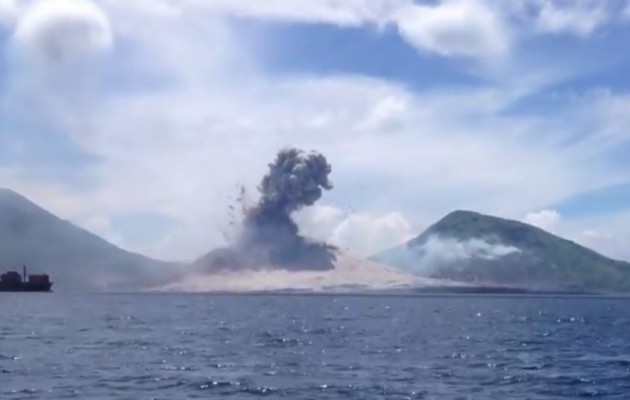ΑΓΝΩΣΤΟ ΤΙ ΣΥΖΗΤΗΘΗΚΕ ΣΤΗΝ ΣΥΝΑΝΤΗΣΗ ΠΟΥ ΕΙΧΑΝ ΣΤΟ ΣΥΜΒΟΥΛΕΙΟ ΕΘΝΙΚΗΣ ΑΣΦΑΛΕΙΑΣ ΣΤΟΝ ΛΕΥΚΟ ΟΙΚΟ ΜΕ ΤΟΥΣ ΘΡΗΣΚΕΥΤΙΚΟΥΣ ΗΓΕΤΕΣ ΤΗΣ ΜΕΣΗΣ ΑΝΑΤΟΛΗΣ ΚΑΙ ΤΟΝ ΠΡΟΕΔΡΟ BARACK OBAMA
President Barack Obama drops a meeting held by National Security Advisor Susan E. Rice with Lebanese Maronite Patriarch Bechara Rai and Christian Religious Leaders of the Middle East in the Roosevelt Room of the White House, Sept. 11, 2014. (Official White House Photo by Pete Souza)
President Barack Obama drops a meeting held by National Security Advisor Susan E. Rice with Lebanese Maronite Patriarch Bechara Rai and Christian Religious Leaders of the Middle East in the Roosevelt Room of the White House, Sept. 11, 2014. (Official White House Photo by Pete Souza)






